Products
- Articles coming soon
- Articles coming soon
Raw Materials
Processes
- Binding
- Collating
- Corner cutting
- Creasing
- Cutting
- Cutting to size
- Die-cutting
- Edge painting
- Flocking
- Foil stamping
- Folding
- Gluing
- Grommeting
- Hole drilling
- Hole punching
- Hot Stamping
- Laminating
- Numbering
- Padding
- Perfect binding
- Perforating
- Round cornering
- Saddle stitching
- Sealing
- Spiral binding
- Stapling
- Tabbing
- Show Remaining Articles (8) Collapse Articles
- Articles coming soon
- Articles coming soon
- Articles coming soon
- Articles coming soon
- Articles coming soon
- Articles coming soon
Operations
- Articles coming soon
- Articles coming soon
- Articles coming soon
- Articles coming soon
- Blistering or cockling
- Blowing in dryers
- Breaks, dryer section
- Build-up on dryers
- Curl in paper
- Cutting in dryers
- Dimensional stability
- Dryer area defects
- Dryer felts
- Dryer temperature control
- Dryer wraps
- Drying uniformity
- Evaporation rate, maintaining
- Felt tension control
- Hot dryer bearings
- Moisture streaks in dryers
- Over-drying
- Shrinkage control
- Uneven drying
- Air in the system
- Blotches in the sheet
- Breaks, wet end
- Crush
- Dirt in the sheet
- Drainage varying
- Grainy edges, reduction
- Holes in the sheet
- Pinholes, reducing
- Sheet sealing
- Stock jumping
- Stock skating on wire
- Stock sticking to wire
- Strings, elimination
- Watermarking with ring
- Wet/dry line moving
- Wire marks
- Articles coming soon
- Articles coming soon
- Articles coming soon
- Articles coming soon
- Articles coming soon
- Articles coming soon
- Breaks, press section
- Bulk improvement
- Crushing, press
- Leaking doctor blades
- Moisture profile
- Peeling, press rolls
- Pickup problems
- Pitch on doctor blades
- Press cuts/wrinkles
- Press picks
- Rewet problems
- Shadow marking
- Sheet blowing, press nips
- Sheet crushing
- Sheet following top press rolls
- Sheet stealing
- Vibration at press
- Water removal (CD)
- Water removal, wet press
- Wrinkles, press section
- Show Remaining Articles (1) Collapse Articles
- Annular rings
- Baggy rolls
- Bursting or cracked rolls
- Cleaner slitting
- Corrugations
- Corrugations, winders
- Defective splices
- Dust in rolls
- Dust in the rolls
- Good roll condition, off winder
- Hard and soft spots/ridges
- Interweaving
- Loose cores
- Loose paper, in roll
- Nicked edges
- Out-of-round rolls
- Reel or roll quality
- Rewound roll quality
- Run-in of slit rolls
- Shipping roll characteristics
- Snap-offs
- Soft edges
- Starred rolls
- Telescoping
- Turned edges
- Variable density rolls
- Winder cracks
- Winding requirements
- Wrinkles, winder
- Show Remaining Articles (10) Collapse Articles
Careers
Pulp & Paper Manufacturing
- Articles coming soon
Companies
Bible paper is a unique type of paper that is specifically designed for printing and binding Bibles. It is known for its thin, lightweight, and translucent qualities, which allow it to hold a large amount of text without adding bulk to the book. The paper is often made from a blend of cotton and wood fibers, which gives it durability and resistance to tearing or yellowing over time. Bible paper is typically uncoated, which means that it has a matte finish that does not reflect light, making it easier to read in different lighting conditions. Its unique characteristics make Bible paper a crucial component of the Bible manufacturing process, ensuring that the holy book is both beautiful and functional.
The production of Bible paper requires a high level of expertise and precision, as the paper must be thin enough to keep the Bible compact, but also thick enough to prevent ink from bleeding through. The manufacturing process involves several steps, including pulping, bleaching, and pressing, which are carefully monitored to ensure that the final product meets the standards required for Bible printing. The use of high-quality Bible paper is essential for creating a book that can withstand frequent use and will be cherished for generations to come.
In addition to its practical benefits, Bible paper also has a spiritual significance for many people. The thinness and translucency of the paper are seen as symbolic of the way in which the Word of God can penetrate the hearts and minds of believers, revealing hidden truths and offering guidance and comfort. For this reason, the use of Bible paper is often considered a way of honoring the sacredness of the text and expressing reverence for its message.
Overall, Bible paper is a remarkable material that plays an important role in the creation of one of the most widely read and revered books in history. Its unique properties make it an ideal choice for printing and binding Bibles, and its spiritual significance adds an extra layer of meaning to the reading and study of the holy text.
